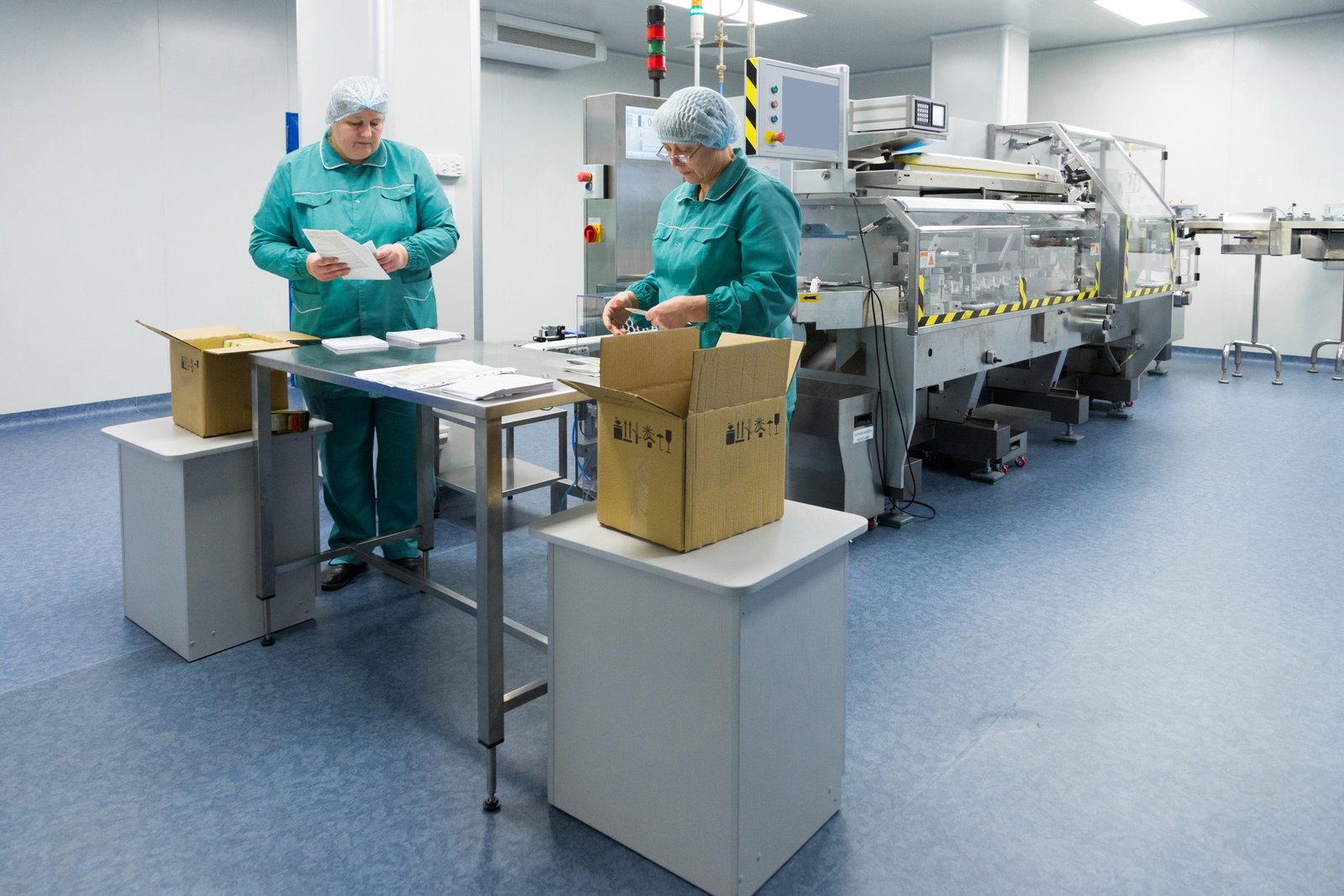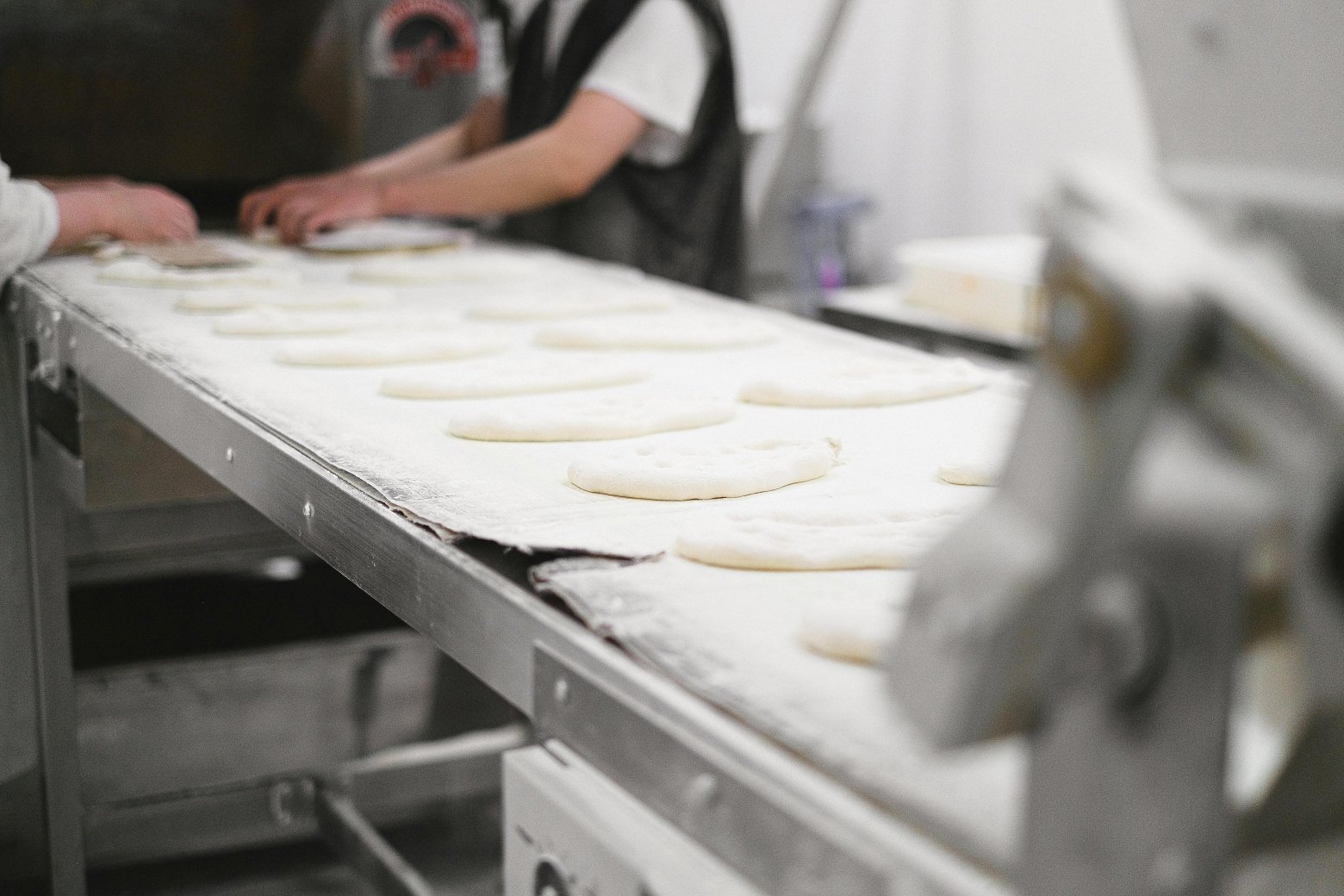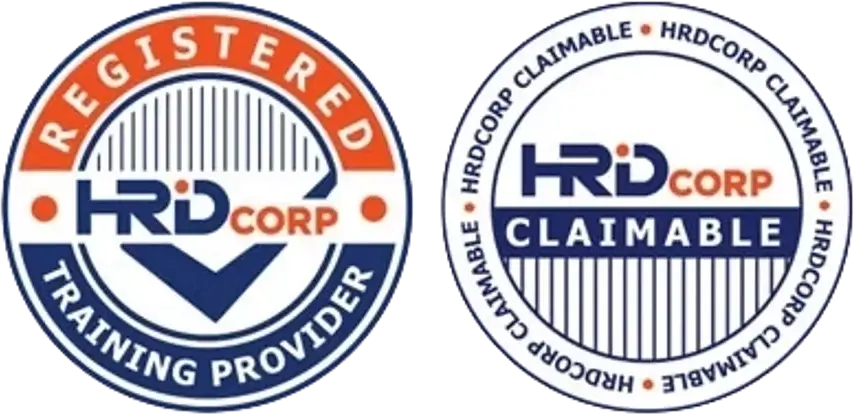What’s the Real Risk of Using a “Copy-Paste” HACCP Plan Template?
Many food business operators, especially new or small manufacturers, are tempted to use free or purchased “copy-paste” HACCP templates found online.
It sounds convenient. It looks professional.
But here’s the truth:
A HACCP plan that isn’t tailored to your process is not only ineffective—it can also get your business shut down.
Let’s break down the real risks of relying on generic HACCP templates—and why customization matters.

🚨 Real Risks of Copy-Paste HACCP Plans (Point Form)
1. Mismatch with Your Actual Process
-
📦 Templates may assume a different type of product (e.g., cooked vs. raw)
-
🔄 Process steps like cooling, slicing, or packaging may be irrelevant—or missing entirely
-
📉 Control measures may not apply to your specific hazards
2. Failure to Identify Real Hazards
-
🧫 Critical hazards unique to your raw materials may be overlooked
-
❌ No risk analysis = false sense of safety
-
🦠 You might miss allergens, microbiological risks, or foreign object threats
3. Non-Compliance During Audits
-
🔍 Auditors will quickly identify a plan that doesn’t match your operation
-
📝 Copy-paste plans often fail to meet ISO 22000, FSSC 22000, or regulatory standards
-
⚠️ May result in non-conformance, suspension, or loss of certification
4. Weak Traceability & Corrective Action
-
🔁 Control points and record-keeping may not reflect real workflows
-
⚙️ Staff may not know what to do during a deviation
-
🚨 Ineffective traceability = poor recall management
5. Poor Staff Training & Ownership
-
🧑🍳 Employees can’t relate to a plan that doesn’t reflect their tasks
-
🤷 Team members won’t know their responsibilities or monitoring points
-
📚 Difficult to use the plan as a real training tool
6. Legal & Regulatory Risks
-
📉 Non-compliance with local food safety regulations (like FSQD in Malaysia)
-
🧾 Fines, product recalls, or factory closure from Ministry inspections
-
⚖️ Greater liability in foodborne illness incidents
✅ What Should a Real HACCP Plan Include?
Your HACCP plan should be:
-
🧭 Based on your actual flow diagram
-
🧪 Built from a real hazard analysis specific to your raw materials, processes, and packaging
-
🔍 Identifying correct CCPs (Critical Control Points), not just OPRPs or generic steps
-
🧾 Supported by customized SOPs, records, and verification methods
-
👥 Understood by your entire team—not just the QA manager
🧠 Expert Tips to Build a HACCP Plan That Works
-
🔍 Conduct a detailed process mapping session with your production team
-
🧫 Use real data (e.g., microbial test results, supplier risk assessments)
-
💬 Involve your staff to reflect real on-ground practices
-
📚 Update your plan after any product or process changes
-
✅ Get your plan validated and verified—don’t just write it, test it
💡 When Are Templates Useful?
Templates can be used as:
-
✅ A reference for formatting or terminology
-
✅ A learning tool to understand HACCP structure
-
✅ A starting point, not a final solution
But they must be customized to match your process, your ingredients, and your risks.

🏁 Conclusion: Shortcuts in HACCP = Long-Term Risk
Using a copy-paste HACCP template may save time upfront.
But the cost of failure—product recalls, certification loss, or reputational damage—is far higher.
✔️ A well-designed, custom HACCP plan protects not just your compliance, but your customers and your brand.
📞 Need help developing a HACCP plan tailored to your food business?
At CAYS Scientific, we specialize in risk-based, auditor-ready HACCP documentation for manufacturers of all sizes.
👉 Message us today for a free consultation or audit review.


